Google ranking factors
At PubCon, Matt Cutts mentioned that there were over 200 variables in the Google Algorithm.
I thought I’d start a list...
Domain
- Age of Domain
- History of domain
- KWs in domain name
- Sub domain or root domain?
- TLD of Domain
- IP address of domain
- Location of IP address / Server
Architecture
- HTML structure
- Use of Headers tags
- URL path
- Use of external CSS / JS files
Content
- Keyword density of page
- Keyword in Title Tag
- Keyword in Meta Description (Not Meta Keywords)
- Keyword in KW in header tags (H1, H2 etc)
- Keyword in body text
- Freshness of Content
Per Inbound Link
- Quality of website linking in
- Quality of web page linking in
- Age of website
- Age of web page
- Relevancy of page’s content
- Location of link (Footer, Navigation, Body text)
- Anchor text if link
- Title attribute of link
- Alt tag of images linking
- Country specific TLD domain
- Authority TLD (.edu, .gov)
- Location of server
- Authority Link (CNN, BBC, etc)
Cluster of Links
- Uniqueness of Class C address.
Internal Cross Linking
- No of internal links to page
- Location of link on page
- Anchor text of FIRST text link (Bruce Clay’s point at PubCon)
Penalties
- Over Optimisation
- Purchasing Links
- Selling Links
- Comment Spamming
- Cloaking
- Hidden Text
- Duplicate Content
- Keyword stuffing
- Manual penalties
- Sandbox effect (Probably the same as age of domain)
Miscellaneous
- JavaScript Links
- No Follow Links
Pending
- Performance / Load of a website
- Speed of JS
Misconceptions
- XML Sitemap (Aids the crawler but doesn’t help rankings)
- PageRank (General Indicator of page’s performance)
Work guide
Ranking factors:
Page Authority
Referring Domains (number of referring domains was the 3rd most important ranking signal)
Domain Authority
Brand Results
一、基本方法:SEO Competitive Analysis Workflow
https://moz.com/blog/illustrated-seo-competitive-analysis-workflow
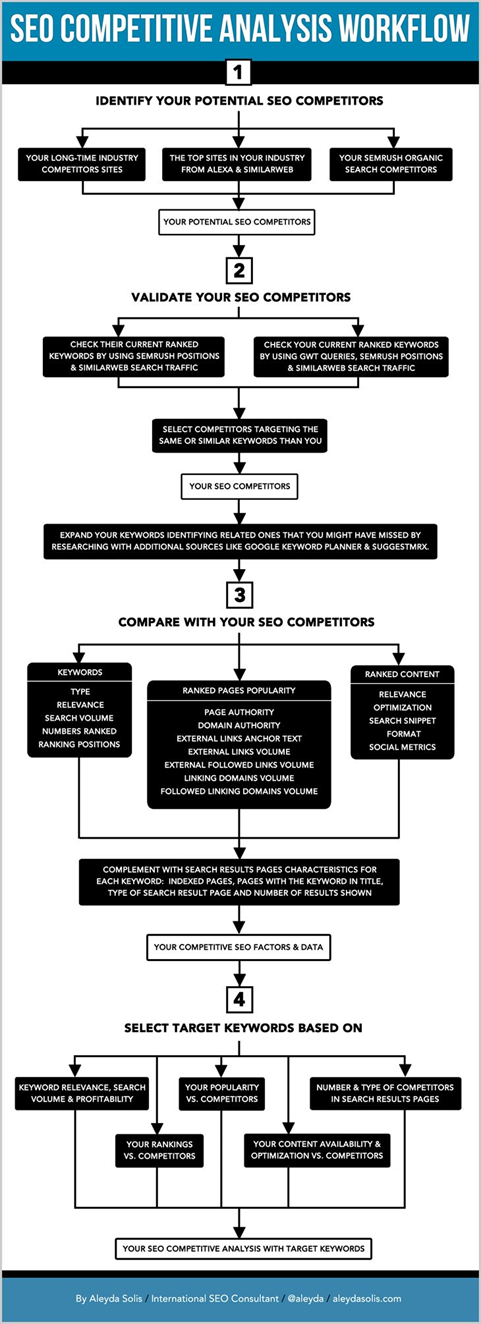
二、Niche Cloud Map: https://coggle.it/diagram/VmuCfm3_SKtcOKkz
很多keyword不是从GKP可以找到的。也从用户研究出发。
1.Buyer Personas
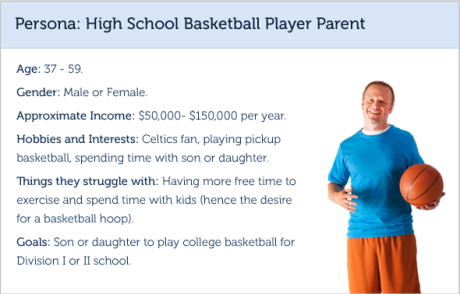
2. Forums
Keyword+forum(s)
Keyword+powered by vbulletin
或是Forum搜索: BoardReader.com,一般一个栏目就是一个niche
3. use Wikipedia
输入关键词后直达,查看Sommaire获取niche信息
4. 使用GKP
AD Group Name可以找到一些niche
三、找到niche后寻求keywords
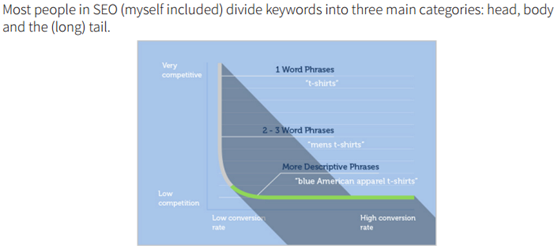
Head Keywords: usually single-word keywords with insane amounts of search volume and competition,don’t convert very well.
Body Keywords: 2-3 word phrases that get decent search volume
(at least 2,000 searches per month), but are more specific than Head
Keywords.
Long Tail Keywords: 4+ word phrases that are usually very specific,they don’t get a lot of search volume individually – when added together– long tails make up the majority of searches online.
使用GKP
Search for keywords to get new keywords (先用较大的符合产品的词去查)
1找到一些词之后,google them, get google related search suggestion, 获取长尾词(很多在GKP里面没有的),选一些再重复搜索寻找长尾词
2使用http://soovle.com/寻找长尾词(左上角可另存为)-主要从answers/youtube/amazon等寻找
3使用http://ubersuggest.org/寻长尾词-主要从google suggestion里面找(可代替1,但被ScrapeBox替代79 lifetime license,可下载过滤duplicated还有其他功能)
4 使用Quora寻长尾词(一般是英文的,没找到好的法语版)- 搜索问题-右侧有Related Questions, 还可用于文章idea
5使用google trends
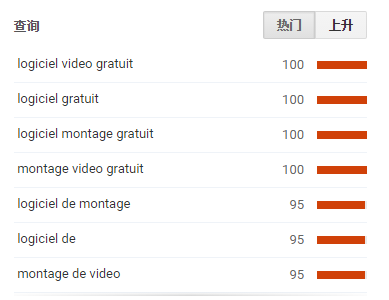
使用GWT优化长尾词文章
找出position在10几的keyword假如搜索量大可以对其进行优化-快速
四、选出高商业价值keywords 1、1、Buy Now Keywords
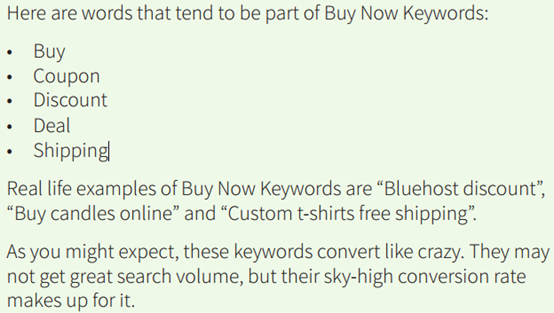
2、Product Keywords
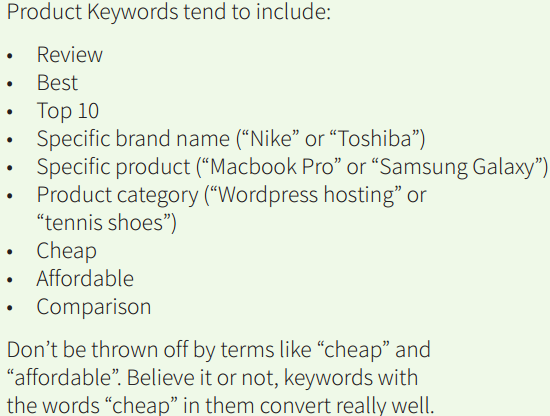
3、Informational Keywords

4、Tire Kicker Keywords
一般根据GKP suggest bid price可以看出关键词商业价值
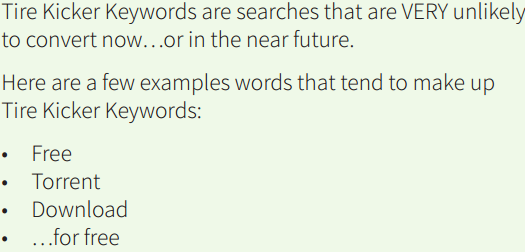
五、关键词competition
Mozbar查top 10的PA/DA/RD(mozcheck), link profile查看其质量
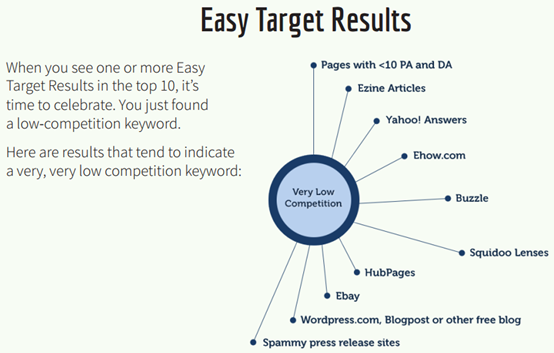
六、Content Quality
至少不逊色于前10的质量
认真读完top10内容,研究涵盖其内容
七、on-page SEO
Keyword in title
Keyword in the beginning of tags
friendly description < 160 characters
keep the keyword density to up to 1.5% percent with mix of LSI keywords
website speed
minimum 700 words
Interlinking
link to trusted websites only (dofollow link for trusted websites and nofollow link for doubtful ones)
有时候竞争大,use a long tail version of that keyword,先把长尾词排上去,再交给时间去排大词
关键词在文章开头:The higher up on the page a keyword first appears, the more Google considers that page about that keyword.
提高time on page : 开头几句尽量短(可以在右边插图)+ multimedia experiences+H3/H4..(include at least one subheader for every 200-words of content)
Stop creating 10 pages for 10 different long tail keywords
混合锚文本
重视链接周围的词
co-citations: 有提到品牌名但没有链接的地方:post, forum等
总结:
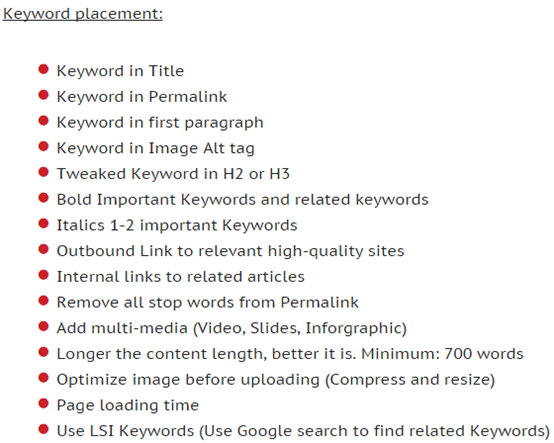
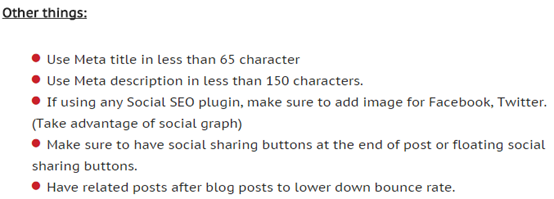

SEO Content strategy:
Who are your users/ competitors(抢流量的就算)
What do you sell? What makes you unique?
What voices from your customers ?
How will you distribute your content
1. keyword research
2. use keywords:
a. use the keywords in 2-3% of the copy
b. put the primary keyword in the title
c. in the first and last sentence
3. interesting content
4. word count: >1500 words, google likes >2000
5. link to your content all over the place
how to combine keywords and content
1、 search in google, open serps redux http://www.onlinesales.co.uk/seo/bookmarklet/serps.php
analyse about 5 sites using mozcheck: http://mozcheck.com/
2、Keyword Competition Analysis: http://backlinko.com/keyword-competition
Moz bar
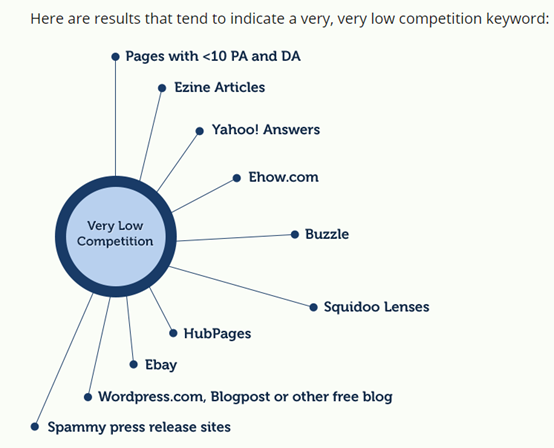
Tips:
1. Always cite your sources with a link (seo friendly, backlink opportunity)
2. use HARO http://www.helpareporter.com/journalists/?nav_location=main_menu only EN
3. header image
4. quote experts
5. infographics are great at bringing in long-term traffic, get more shares
6. People enjoy reading personal and controversial stories 私人的有争议的内容
7. Postt time: Monday through Thursday, at 8:00 AM
8. People love data
9. Descriptive headlines perform better in the long run
10. Title:
a. Frame your blog post title as a question to make it more intriguing
b. Use broader topic descriptions to position your blog post as relevant to a wider audience.
c. Use adjectives that aren't used as frequently in other blog posts to make your title stand out more.
d. Craft your title language to be about the reader and what is interesting to them, not you.
e. Hint at the chance to access new and/or exclusive information, using words like "surprising" and "reveal" to position your content as exciting and unique.
f. If your blog post is meant to highlight a specific piece of content, make it clear what that content is up front, rather than putting it toward the middle or end of your post title.
g. Begin your blog post title with a number
h. Position your blog post as having a unique content format -- there are "guides" and "checklists" all over the internet, but how many "fool-proof formulas" have you encountered?
i. Don't take yourself too seriously. Your post titles will be more enticing with a fun, light tone than a bland, serious one.
j. Sometimes including more words in your post title to enhance your value proposition can actually distract your readers from what it is you're offering them.
k. While using a broad title can attract a larger audience, going too broad can have the opposite effect
SEO优化方法
基础checklist http://backlinko.com/wp-content/uploads/2016/06/On_Page_SEO_Checklist_Backlinko.pdf
Seo tools list: http://backlinko.com/seo-tools
1. 社交媒体因素:engage率
Google doesn't use Facebook, Twitter, or any other social share counts as a direct ranking factor. it's not shares, it's engagement.
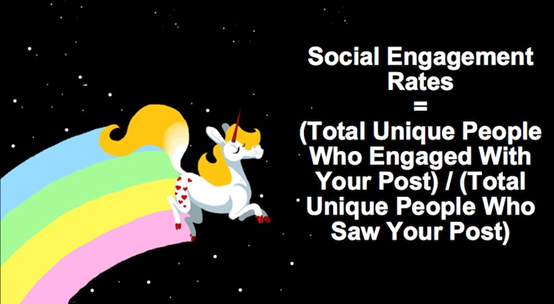
Machine learning systems actually reward high engagement with higher visibility.
Higher visibility means higher organic rankings.
2. 内容本身的CTR
优化文章CTR
下载webmaster数据,对CTR和position加散点图,添加趋势线,找出需要optimize的文章
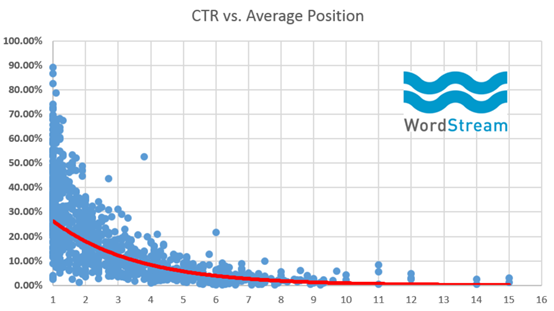
用50美金左右的广告费测试10种以上的标题,选出最好的CTR标题。
标题tips: emotional trigger \ keywords:目标词混合已有排名的词,broad match
定位在low cpc的区域(测试英语的话,可定位加拿大或爱尔兰,Average Cost per Click by Country http://www.wordstream.com/blog/ws/2015/07/06/average-cost-per-click )
均匀轮播确保充分展现
指定位置bid(比如3-5排除position带来的CTR影响)
至少需要200个impressions/ad(google用这个数量来评定质量得分)越多越好
如果结果不相上下说明标题没有difference重新来
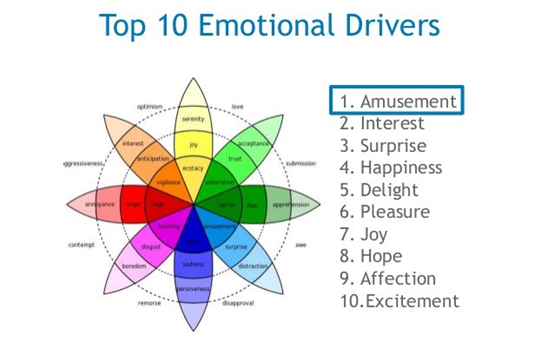
- Emotional Hook: This could be a certain emotional word or superlative — words like: amazing, unbelievable, shocking, disgusting, or inspiring.
- Content Type: This tells the reader exactly what your content is — is your content images, quotes, pictures, or facts?
- Topic: Think of this as your keyword — it could be something evergreen like "content marketing" or more news-oriented like a Google algorithm update or SERP test.
- Format: This sets the expectation of the format your content will be in, whether it's a listicle, quiz, ebook, or something else.
- Promise Element: The reader benefit — tell the reader why your content will solve a problem, make them smarter or better at something, or that it provides vital information they need to know.
Here are five additional tips:
- Choose your words wisely: Go either extremely positive (e.g., best, greatest, biggest) or negative (e.g., stop, avoid, don't) with your headline word choices.
- Be specific: Make it clear to the reader what your content is about.
- Be unique: Show some personality. Create content that nobody else is doing (or improve on what others have already done). Dare to be different from your competitors.
- Create a sense of urgency: What will the reader learn, lose, fail at, or miss out on it they don't click right now?
- Be useful: How does clicking on your content benefit the reader?






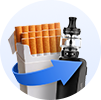
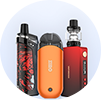
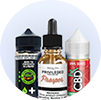

COMMENTS